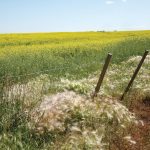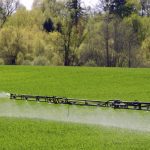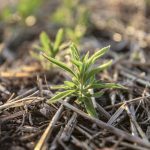
Tag Archives Herbicide-resistant weeds

Farm gets aggressive on wall-to-wall resistant wild oats
Agronomist says managing herbicide-resistant weeds is like starting a fitness routine: make a plan, set goals, stick with it

Rethinking weed management
Not every weapon against herbicide resistance comes out of a sprayer

Maul of the wild
Farmers who missed two-decade-old advice on wild oat management now face the fallout, but new research and technology might still turn the tide

Integrated weed management faces new future
Intercropping, predictive weed control could redraw battle lines in the fight against herbicide-resistant weeds

Into the weeds: 2024 in preview
Prairie specialists consider which weeds are most likely to succeed as the season proceeds

Weed alerts on the southern front
A North Dakota weed expert cautions Prairie farmers about kochia, waterhemp and Palmer amaranth and their evolving herbicide tolerances

Herbicide-resistant weed update for Saskatchewan
Your biggest herbicide-resistant weed threats for 2023 based on the latest survey results

Take an integrated management approach on problem weeds
Q & A with an expert

Take a layered approach to herbicides
Develop an effective herbicide layering strategy — it could be one of your most powerful tools in the fight against herbicide resistance

Keep kochia off your farm
Why kochia is one of Western Canada’s most problematic weeds, plus how to knock herbicide resistance on the head or prevent its development in the first place


